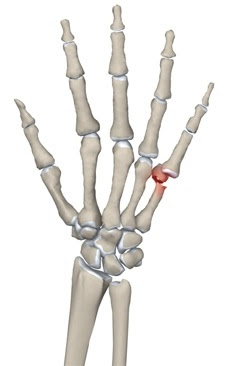Sunday, 26 March 2017
Saturday, 25 March 2017
Friday, 24 March 2017
Thursday, 23 March 2017
Wednesday, 22 March 2017
Tuesday, 21 March 2017
Sunday, 19 March 2017
Friday, 17 March 2017
Thursday, 16 March 2017
Tuesday, 14 March 2017
Friday, 10 March 2017
RIB CAGE - boon for boys?
- The ribs are the thin, flattish bones that curve around your chest.
- Together, the rib bones make up the rib cage.
- The rib cage protects the backbone and breastbone, as well as your vital organs – heart and lungs.
- There are 12 pairs of ribs altogether.
- Seven pairs are called true ribs. Each rib is attached to the breastbone in front and curves around to join on to one of the vertebrae that make up the backbone.
- There are three pairs of false ribs. These are attached to vertebrae but are not linked to the breastbone. Instead, each rib is attached to the rib above it by cartilage.
- There are two pairs of floating ribs. These are attached only to the
- vertebrae of the backbone.
- The gaps between the ribs are called intercostal spaces, and they contain thin sheets of muscle which expand and relax the chest during breathing.
Thursday, 9 March 2017
Wednesday, 8 March 2017
Tuesday, 7 March 2017
Monday, 6 March 2017
Subscribe to:
Comments (Atom)







































